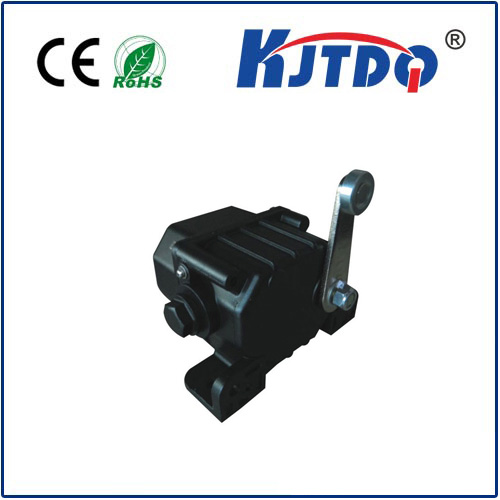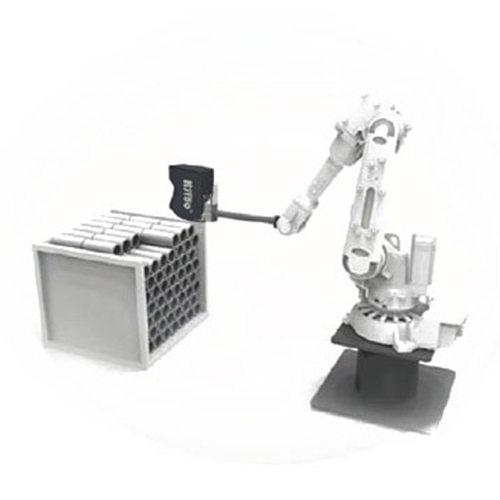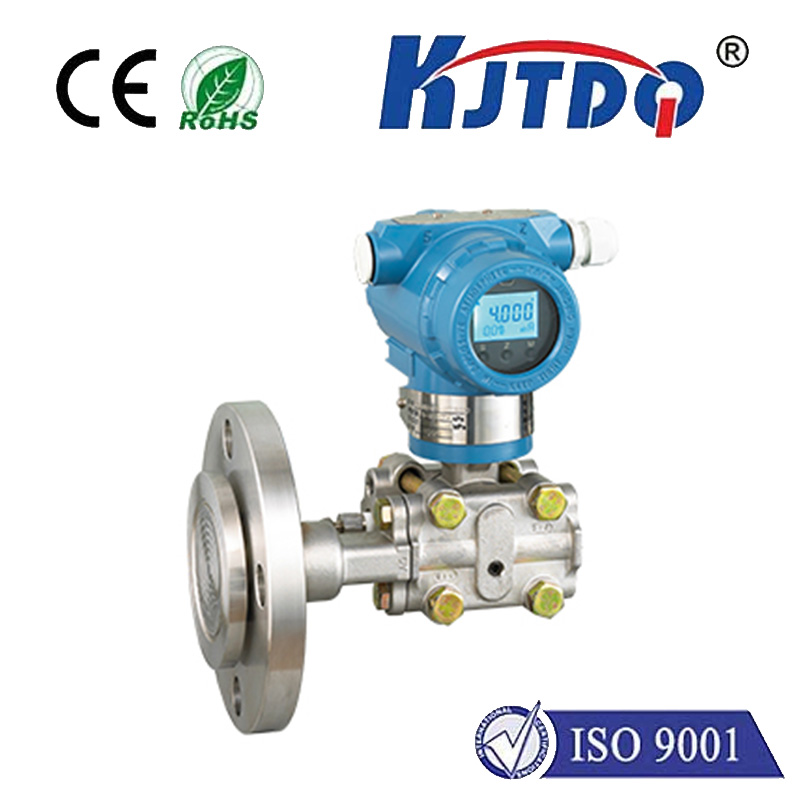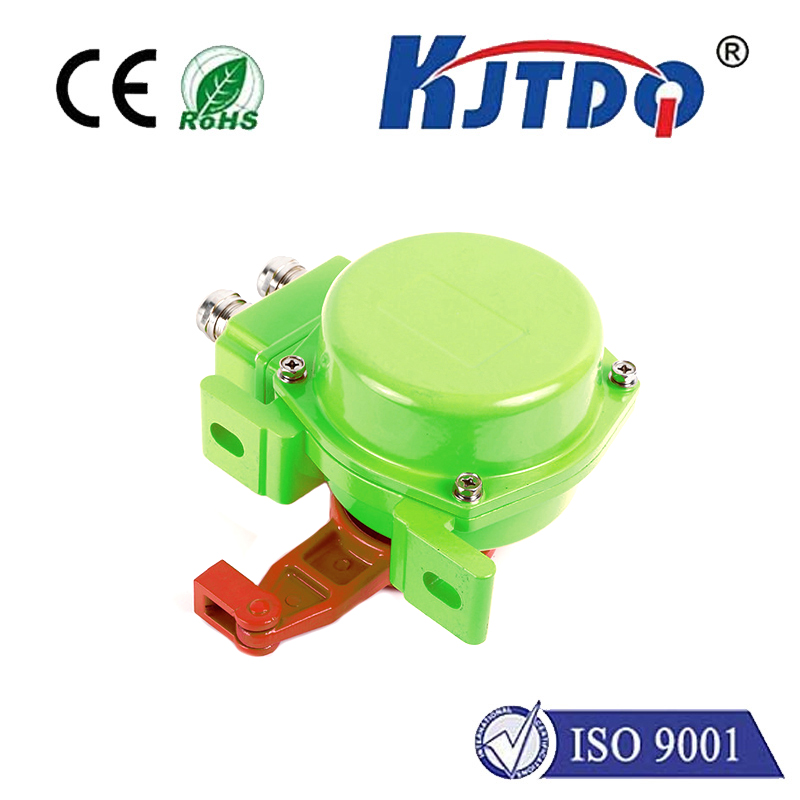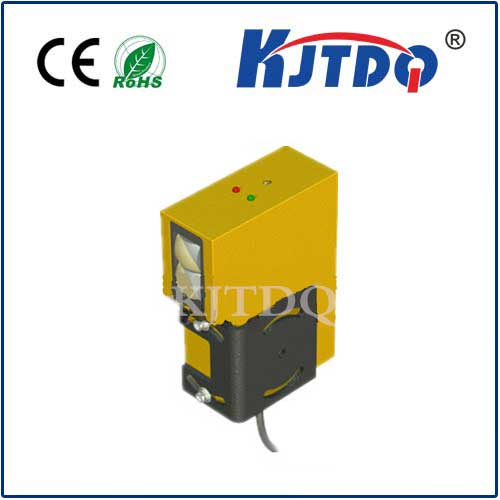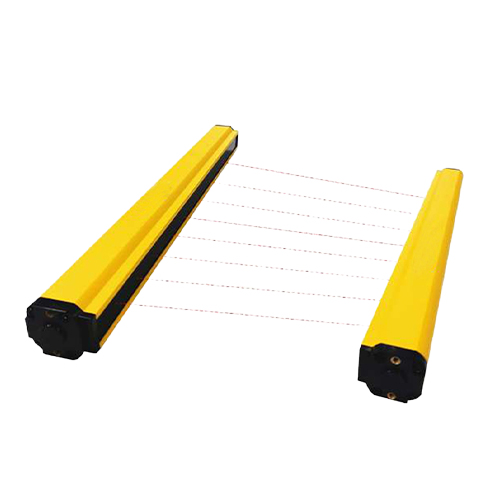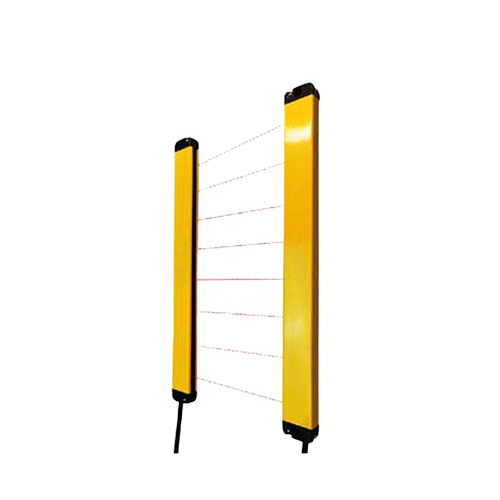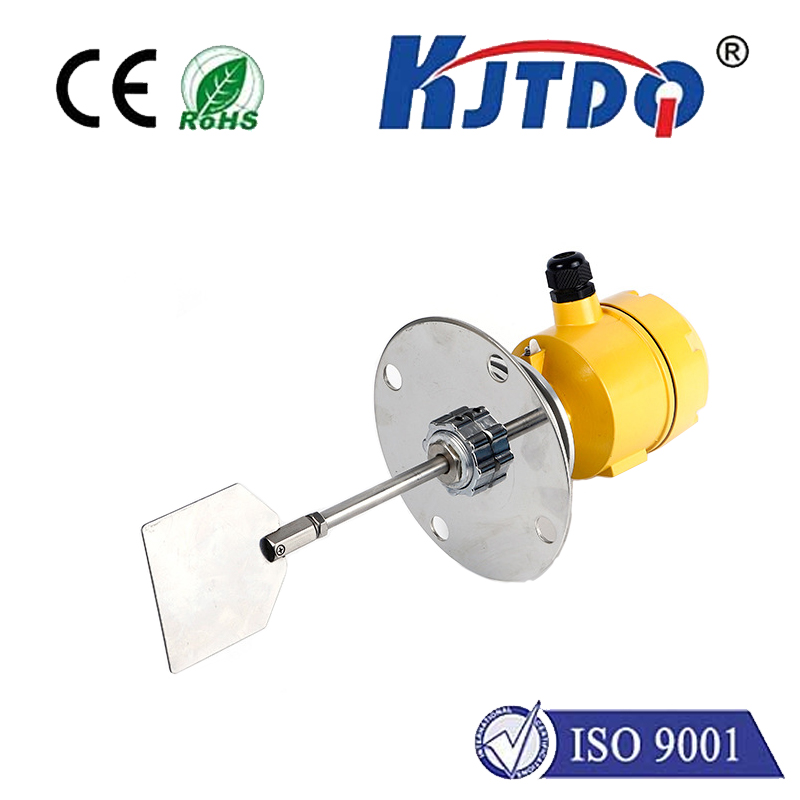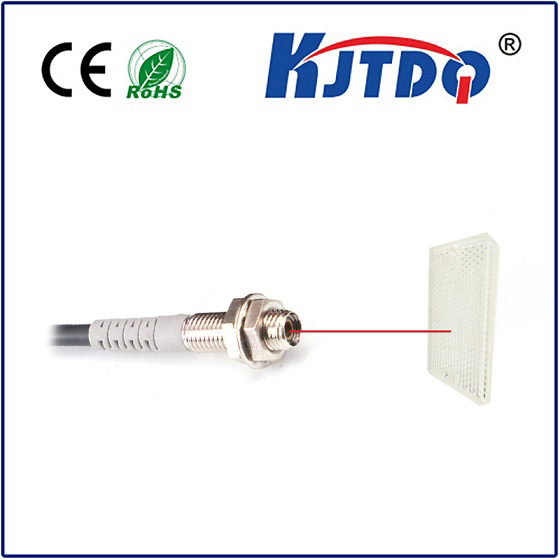l250f ограничительный переключатель
- time:2025-07-31 00:40:23
- Нажмите:0
Understanding the L250F Limit Switch: A Robust Solution for Industrial Positioning and Safety
In the demanding world of industrial automation, where machines operate under punishing conditions and precision is paramount, a single faulty component can bring production lines to a grinding halt. Position sensing – knowing exactly where a machine part is within its cycle – is fundamental to this process. This is where the L250F limit switch steps in, offering a robust and reliable answer. This rugged electromechanical device is engineered to withstand harsh environments while providing critical feedback for machine control and safety interlocks. Understanding its features, applications, and benefits is key to leveraging its power in your operations.
The Essential Role of Limit Switches
At their core, limit switches are electromechanical sensors. They detect the presence or absence of an object, or monitor the position limits of moving parts, typically through physical contact. A precisely controlled actuator arm or plunger, when moved by the target object, triggers an internal mechanism that opens or closes electrical contacts. This simple yet effective action sends a clear signal to the machine’s control system: “The part has reached this point,” “The guard is closed,” or “The door is open.” This feedback is indispensable for:
- Sequential Control: Ensuring machine operations happen in the correct order.
- Position Verification: Confirming components like cylinders, slides, or elevators are at their start, end, or intermediate positions.
- Travel Limiting: Preventing over-travel that could damage machinery.
- Safety Interlocking: Providing critical signals for safety circuits, like confirming guard doors are securely closed before machine start-up.
Why the L250F Stands Out: Built for Toughness

While many limit switches exist, the L250F designation signifies a specific category renowned for its durability and resilience. Designed explicitly for heavy industrial use, it addresses common failure points in more fragile switches. Key attributes include:
- Exceptional Enclosure Rating (IP67): This is arguably one of its most significant advantages. An IP67 rating means the switch body is completely protected against dust ingress (IP6X) and can withstand immersion in water up to 1 meter deep for 30 minutes (IPX7). This makes the L250F limit switch ideal for environments plagued by washdowns, high humidity, coolants, oils, dust, chips, and other airborne contaminants common in manufacturing, food processing, agriculture, and material handling.
- Прочная структура: Typically featuring a robust metal housing (often zinc die-cast) and a rugged operating head assembly, the L250F is built to resist physical shock, vibration, and mechanical abuse. The actuator arm or roller lever is designed to handle repeated impacts from cams, machine parts, or products without failing prematurely.
- Reliable Electrical Contacts: Inside the sealed enclosure lies a precisely engineered snap-action switch mechanism. These contacts are designed for high reliability over millions of cycles, ensuring consistent signal transmission even under demanding electrical loads. Common configurations include SPDT (Single Pole, Double Throw), DPDT (Double Pole, Double Throw), and SPST (Single Pole, Single Throw), offering flexibility for various control schemes.
- Versatile Actuation: The L250F ограничительный переключатель often comes with interchangeable actuators. Options frequently include:
- Roller Lever: Ideal for engaging with moving cams or machine surfaces.
- Rod Lever: For direct push activation.
- Wobble Stick: Effective for detecting objects from multiple angles or vibration-prone areas.
- Plunger: For precise linear actuation.
- Adjustable Lever Arms: Allow fine-tuning of trip points.
- Convenient Mounting: Standardized mounting holes and provisions for conduit entry simplify installation and integration into existing machinery or panels.
Where the L250F Limit Switch Shines: Key Applications
The combination of ruggedness and reliability makes the L250F the go-to choice in numerous challenging industrial sectors:
- Material Handling Systems: Monitoring conveyor belt start/stop positions, verifying pallet presence, detecting jams, confirming gate positions on sorting lines.
- Packaging Machinery: Verifying fill levels, detecting package positioning on sealing or labeling stations, ensuring case flaps are closed, confirming product presence for filling operations.
- Станки: Indicating tool changer positions, confirming workpiece clamping, providing end-of-travel limits for milling heads or slides, guarding access doors.
- Heavy Equipment: Monitoring boom, bucket, or blade positions on excavators, loaders, and cranes (often combined with specialized linkage).
- Automotive Manufacturing: Position verification on assembly lines, robotic cell guarding, checking door or hood positions during assembly and testing.
- Food & Beverage Processing: End-of-line packaging, position sensing on filling machines, washdown-safe safety interlocks for access hatches.
- Agricultural Machinery: Position feedback on harvesters, planters, and automation systems operating in dusty, dirty conditions.
Incorporating the L250F Effectively: Installation & Selection Tips
To maximize the lifespan and reliability of your L250F limit switch:
- Actuator Selection: Choose the actuator type best suited to the motion of the target object. Consider roller levers for sliding surfaces and plungers for direct push applications.
- Mounting Location: Position the switch where it will experience a positive, repeatable actuation force, but avoid areas where it might be subjected to excessive over-travel impact or side-loading. Utilize adjustable mounting brackets if precise positioning is needed.
- Over-Travel Protection: While robust, ensure the actuator isn’t pushed beyond its physical limits. Consider adding mechanical stops where necessary.
- Electrical Connection: Use appropriate gauge wiring and ensure terminals are tightened securely. Leverage the IP67 rating by making sure conduit entries and cable glands are properly sealed to maintain the enclosure’s integrity.
- Precision Adjustment: For levers, adjust the actuator arm travel or pre-tension carefully to ensure the switch activates reliably at the desired point without requiring excessive force that could damage the mechanism or the target object.
- Environment: While designed for harsh conditions, avoid direct exposure to corrosive chemicals that exceed the housing material’s specifications unless a specific corrosion-resistant variant is chosen. Ensure the operating temperature range is suitable for the application.
The Value Proposition: Reliability in a Harsh World
Choosing the right sensor isn’t just about function; it’s about minimizing downtime and maximizing productivity. The L250F limit switch offers a compelling value proposition:
- Reduced Maintenance Costs: Its rugged build and sealed design drastically reduce failures caused by contamination, moisture, or physical damage, leading to fewer replacements and less unplanned maintenance.
- Enhanced Uptime: Reliable position sensing is critical for continuous operation. The proven durability of the L250F contributes directly to machine availability and throughput.
- Safety Assurance: Its robust construction and reliable contact operation make it a dependable component within safety-critical interlocks, helping to protect personnel and equipment.
- Cost-Effective Solution: Despite its superior toughness, the L250F represents a highly cost-effective solution when total cost of ownership (including downtime and replacement costs) is considered compared to less robust alternatives that fail frequently in tough settings.
The L250F limit switch embodies the principle that industrial components must endure as much as the machines they serve. Its combination of robust physical construction, high ingress protection, reliable electrical switching, and versatile actuation makes it a cornerstone technology for ensuring operational efficiency, precision control, and personnel safety across a vast spectrum of demanding industrial environments. When position sensing needs to be unfailingly dependable under pressure, the L250F

